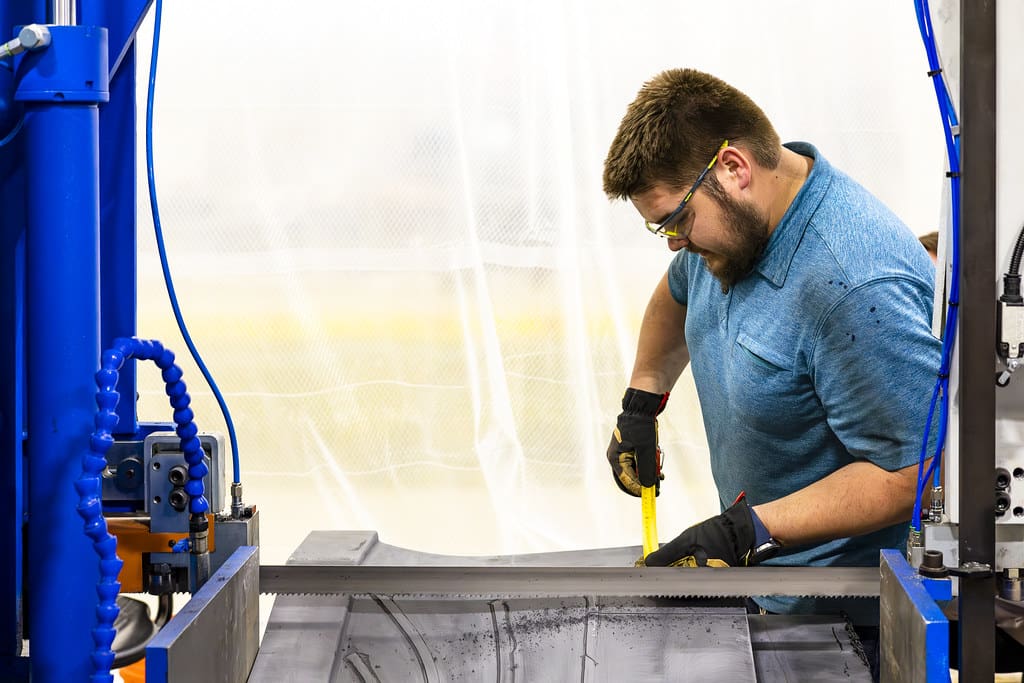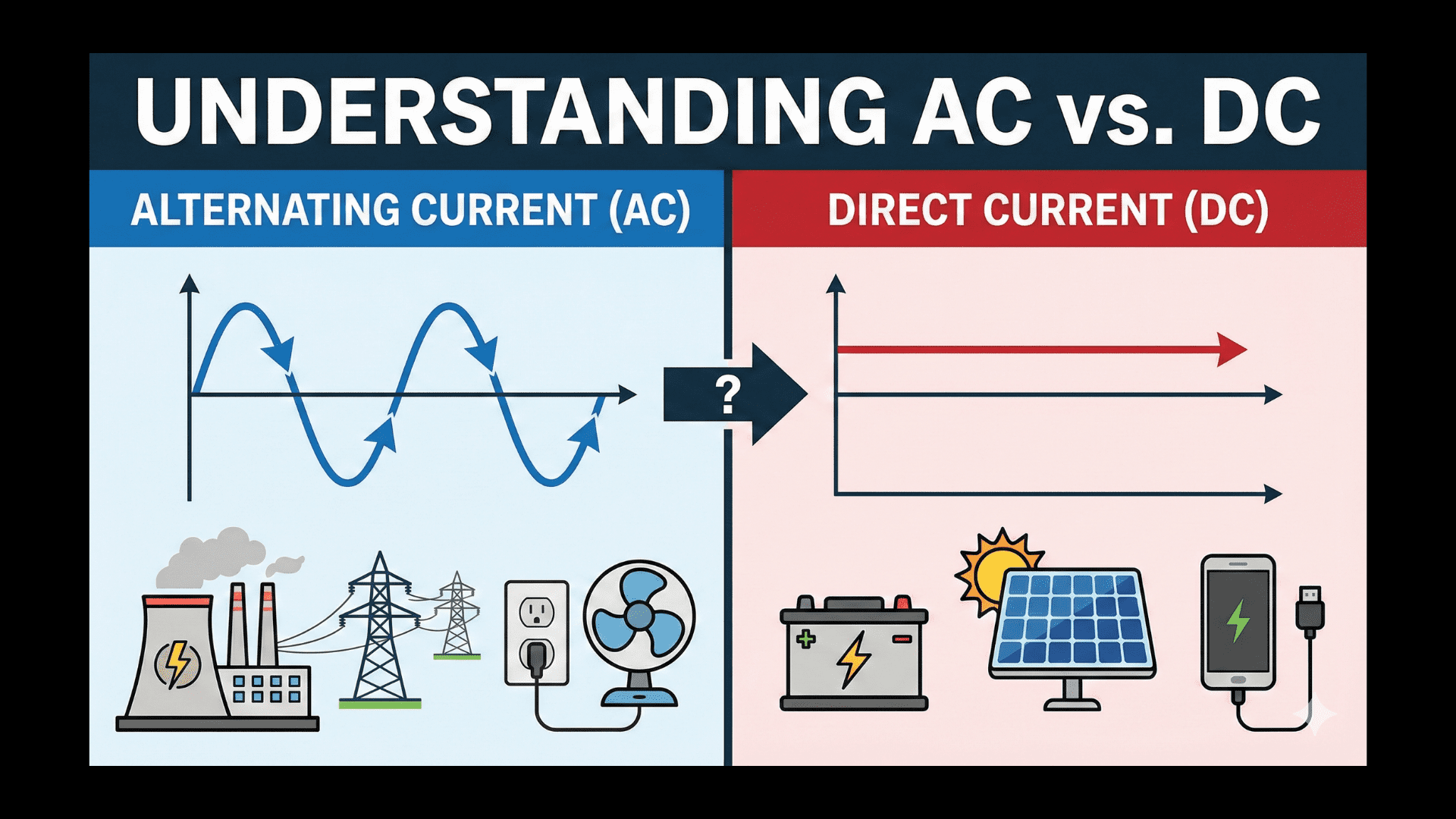Rural development often faces unique challenges, including limited access to resources, infrastructure, and advanced technology. 3D printing, also known as additive manufacturing, has emerged as a significant tool in addressing these challenges, providing cost-effective, efficient, and sustainable solutions in areas that traditional manufacturing and construction methods often fail to reach. By enabling on-site production of necessary tools, structures, and supplies, 3D printing can accelerate development efforts, enhance self-sufficiency, and improve the quality of life in rural communities.
The Emergence of 3D Printing in Rural Development
Initially utilized in urban and industrial settings for prototyping and small-scale manufacturing, 3D printing has expanded its reach into rural areas, driven by its portability, decreasing cost, and the growing availability of open-source designs. This technology’s adaptability makes it particularly useful in remote locations where transporting materials and goods can be logistically challenging and costly.

Advantages of 3D Printing in Rural Development
Reduced Costs and Logistics: 3D printing minimizes the need to transport bulky materials over long distances, which is often costly and impractical in rural settings. Local production reduces overall costs and simplifies logistics.
Customization: Rural areas often have specific needs based on local environmental conditions and cultural practices. 3D printing allows for the customization of tools, parts, and structures to meet these unique requirements effectively.
Sustainability: With an emphasis on using local materials and generating minimal waste, 3D printing promotes sustainability, which is essential in preserving the rural and often pristine environments.
Empowerment and Capacity Building: By introducing 3D printing technologies, rural communities can develop new skills and increase their self-sufficiency, reducing dependency on external suppliers and fostering innovation at the local level.
Rapid Prototyping and Problem Solving: 3D printing enables quick iteration and problem-solving, allowing communities to develop solutions to immediate challenges, such as repairing essential machinery or improving water and sanitation systems.
Key Applications of 3D Printing in Rural Development
Building and Construction: 3D printing is used to construct affordable and durable housing, community buildings, and other structures essential for rural development. This includes innovations like printed solar cells that can be integrated into building designs to provide renewable energy sources.
Agricultural Tools and Machinery: Custom agricultural tools tailored to specific tasks or crops can be produced on-demand, enhancing agricultural productivity and supporting food security.
Water and Sanitation: 3D printed components for water purification systems, pumps, and plumbing fixtures can significantly improve access to clean water and sanitation facilities, which are critical for public health in rural areas.
Educational Resources: 3D printing offers the ability to create educational aids, laboratory equipment, and other learning materials that can be pivotal in educational outreach and skill development in remote areas.
Medical Supplies and Prosthetics: In healthcare, 3D printing can be used to produce customized prosthetics, orthotics, and other medical devices, providing affordable healthcare solutions to communities often hours or days away from the nearest medical facility.

Challenges in 3D Printing for Rural Development
Technology Access and Maintenance: Access to 3D printers and the ability to maintain and repair them can be challenging in remote areas due to limited technical support and infrastructure.
Material Availability: While 3D printing reduces the need for importing materials, sourcing the filaments and powders used for printing can still be a hurdle in rural settings.
Power and Connectivity: Reliable electricity and internet access, essential for operating 3D printers and accessing designs, can be inconsistent or absent in many rural areas.
Skill Development: Training and education are necessary to fully leverage 3D printing technology. Developing local expertise to operate, maintain, and innovate with 3D printers remains a significant challenge.
Future Directions in 3D Printing for Rural Development
The future of 3D printing in rural development is promising, with ongoing advances likely to enhance its accessibility, usability, and impact. Innovations may include the development of more robust printers that can operate in varied environmental conditions, the use of locally sourced and sustainable materials, and improvements in solar-powered printers that can function in off-grid areas.
3D printing holds great potential to drive significant changes in rural development by providing tailored, efficient, and sustainable solutions. As this technology becomes more integrated into rural development strategies, it has the power to transform remote communities, providing them with the tools necessary to solve local problems, improve living conditions, and foster economic growth. By addressing the unique challenges faced by these areas, 3D printing not only supports local development but also contributes to global sustainability goals.








